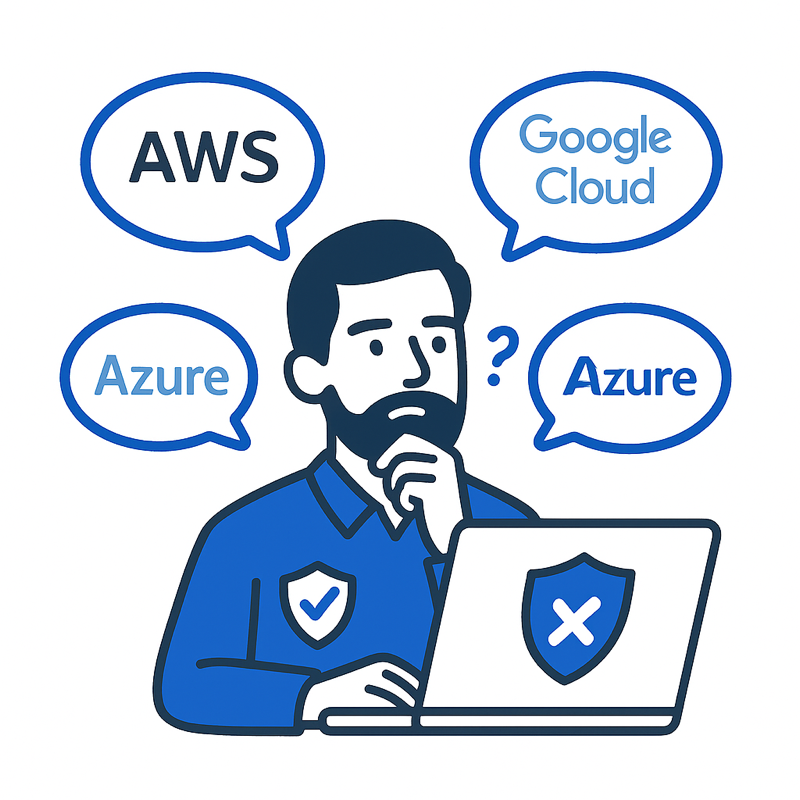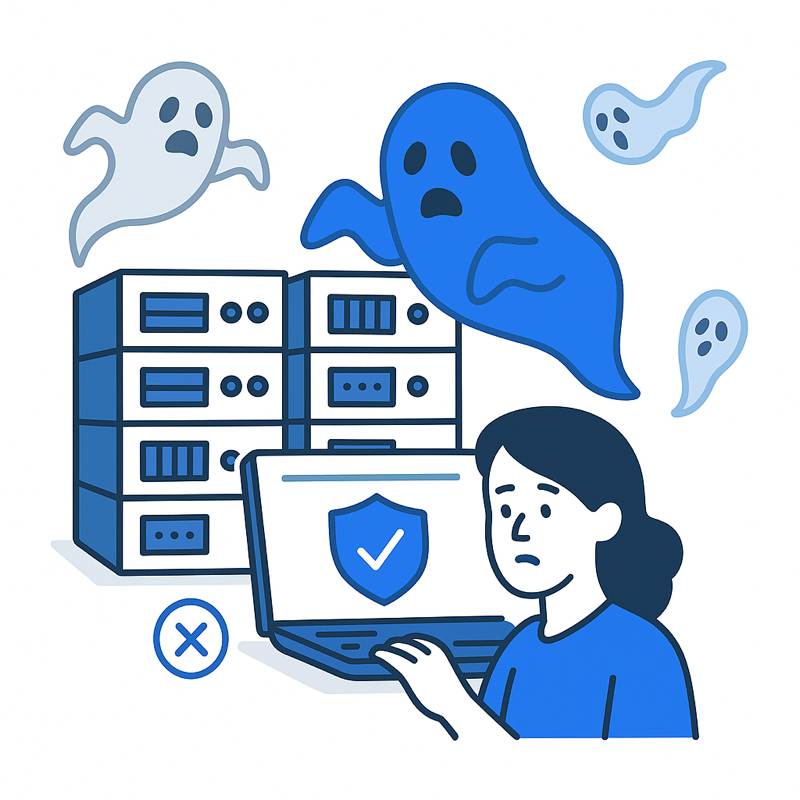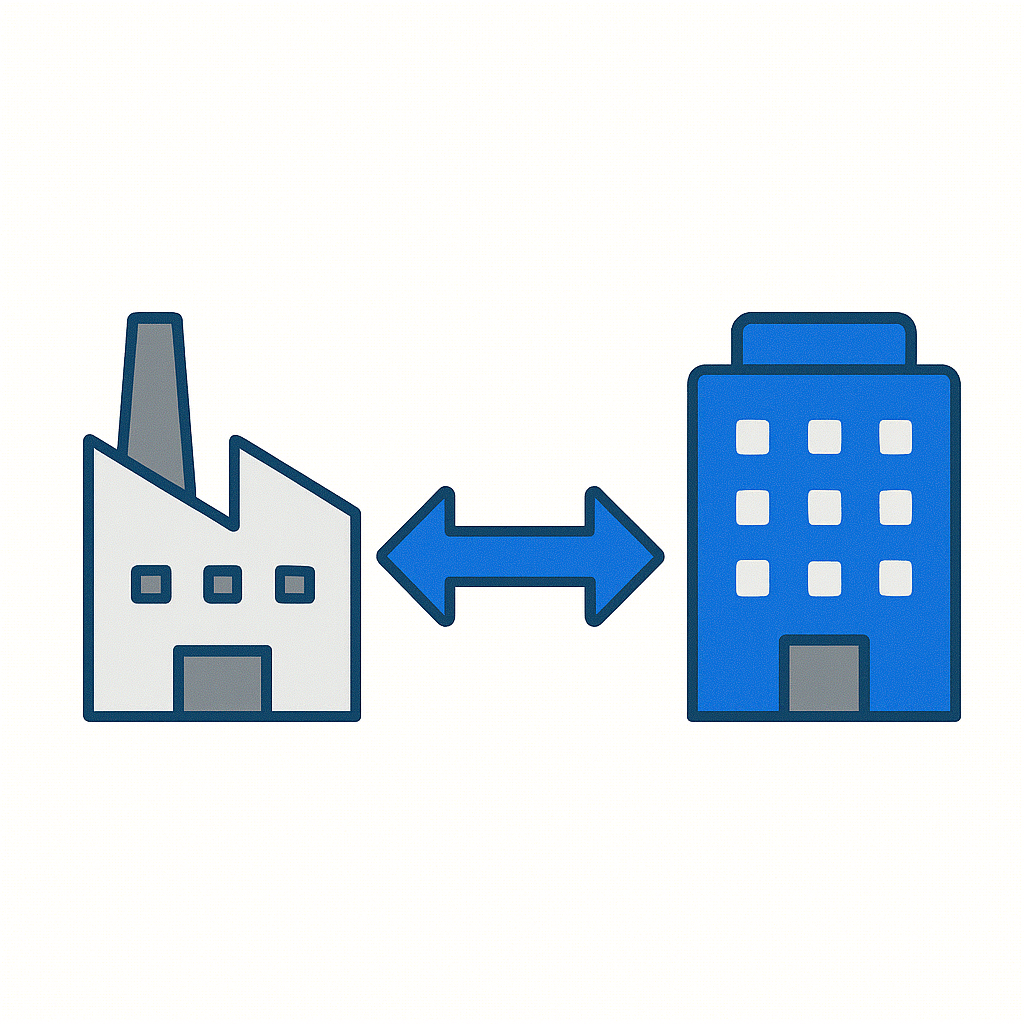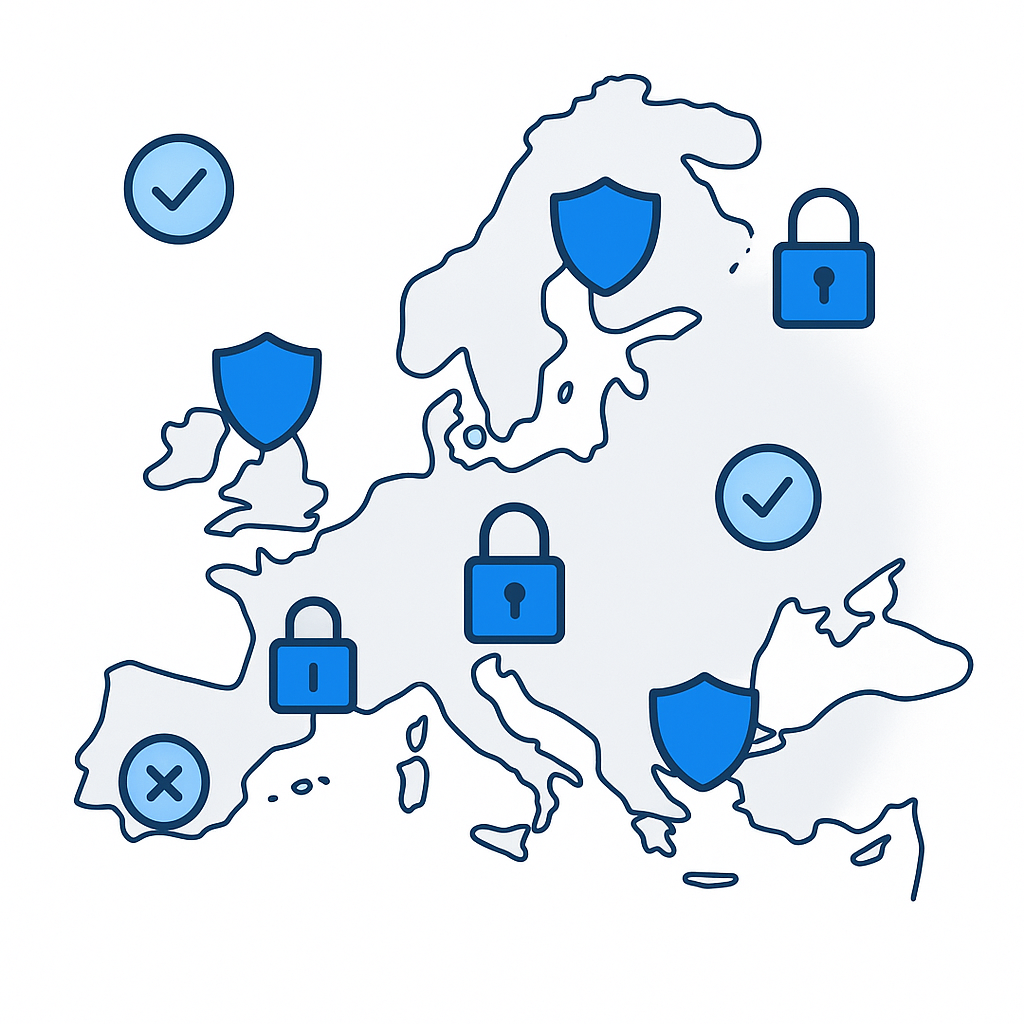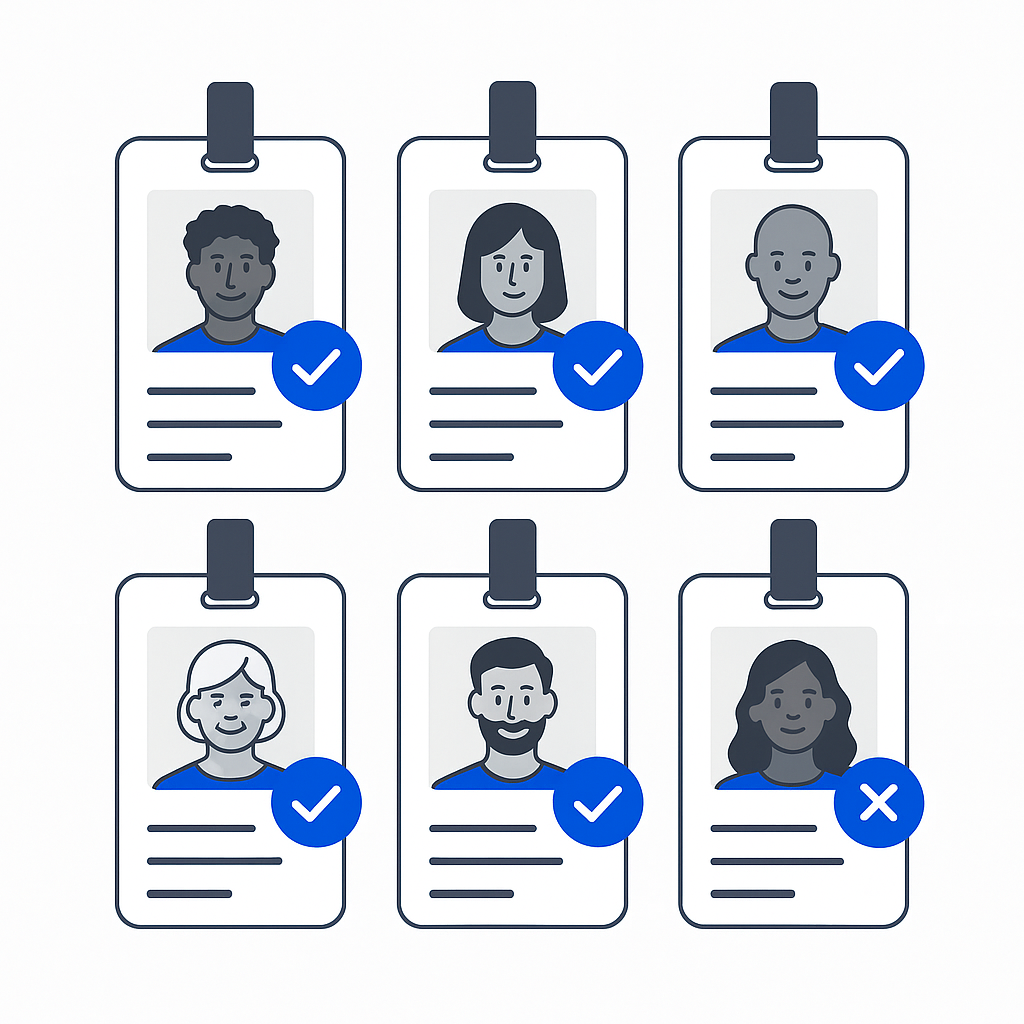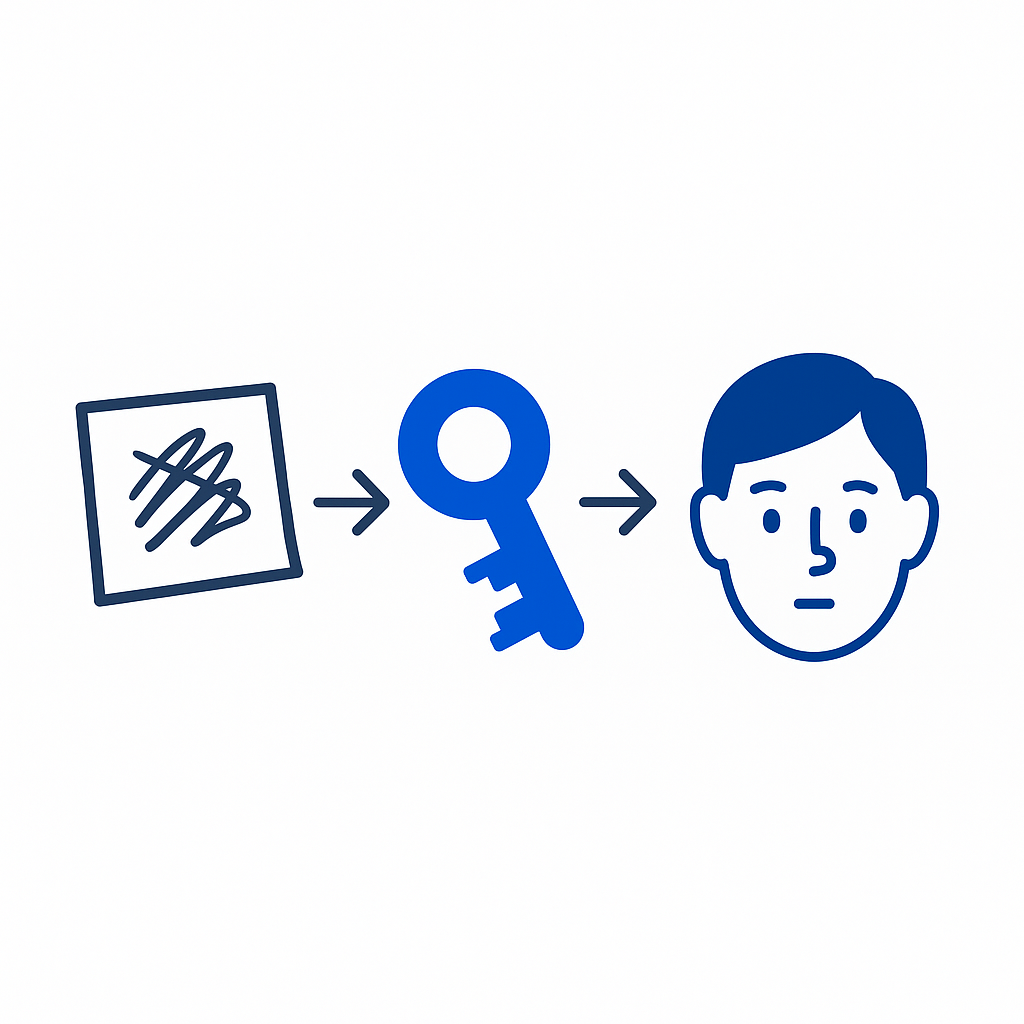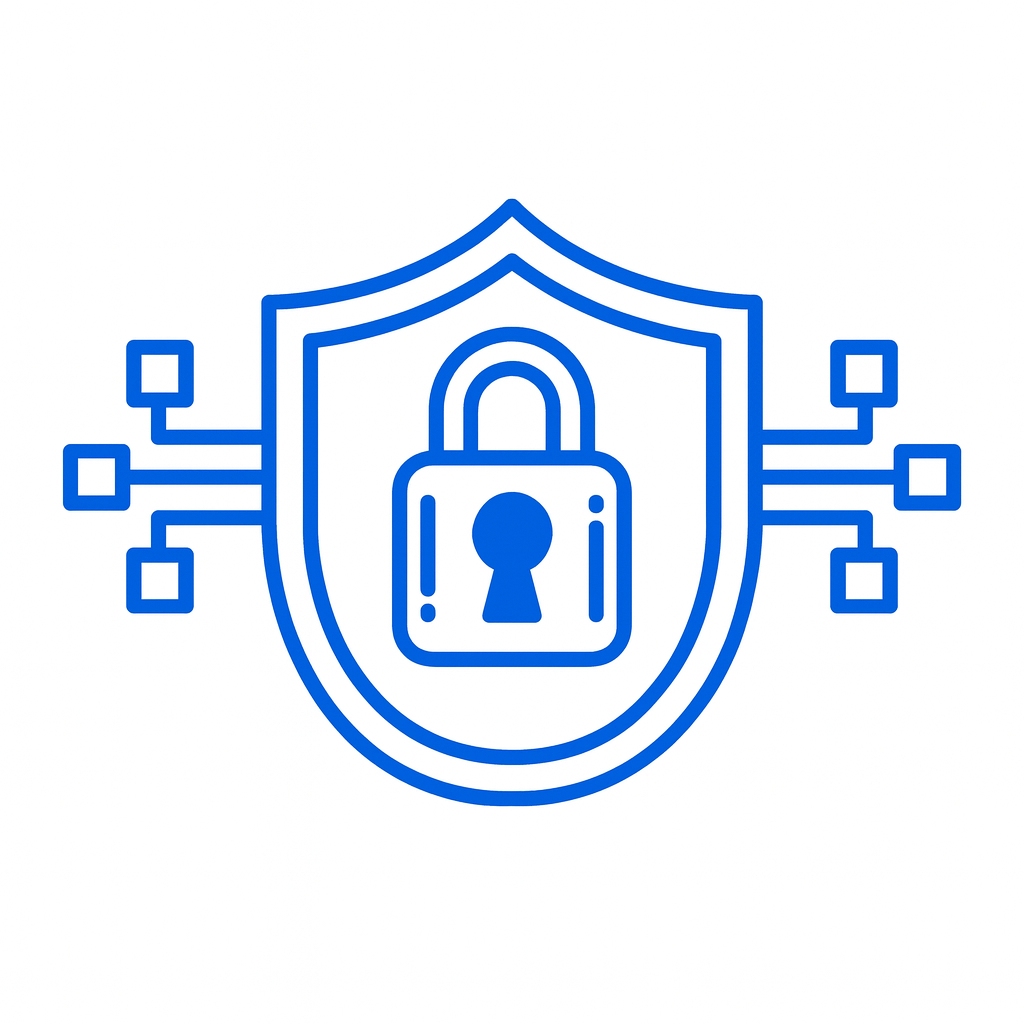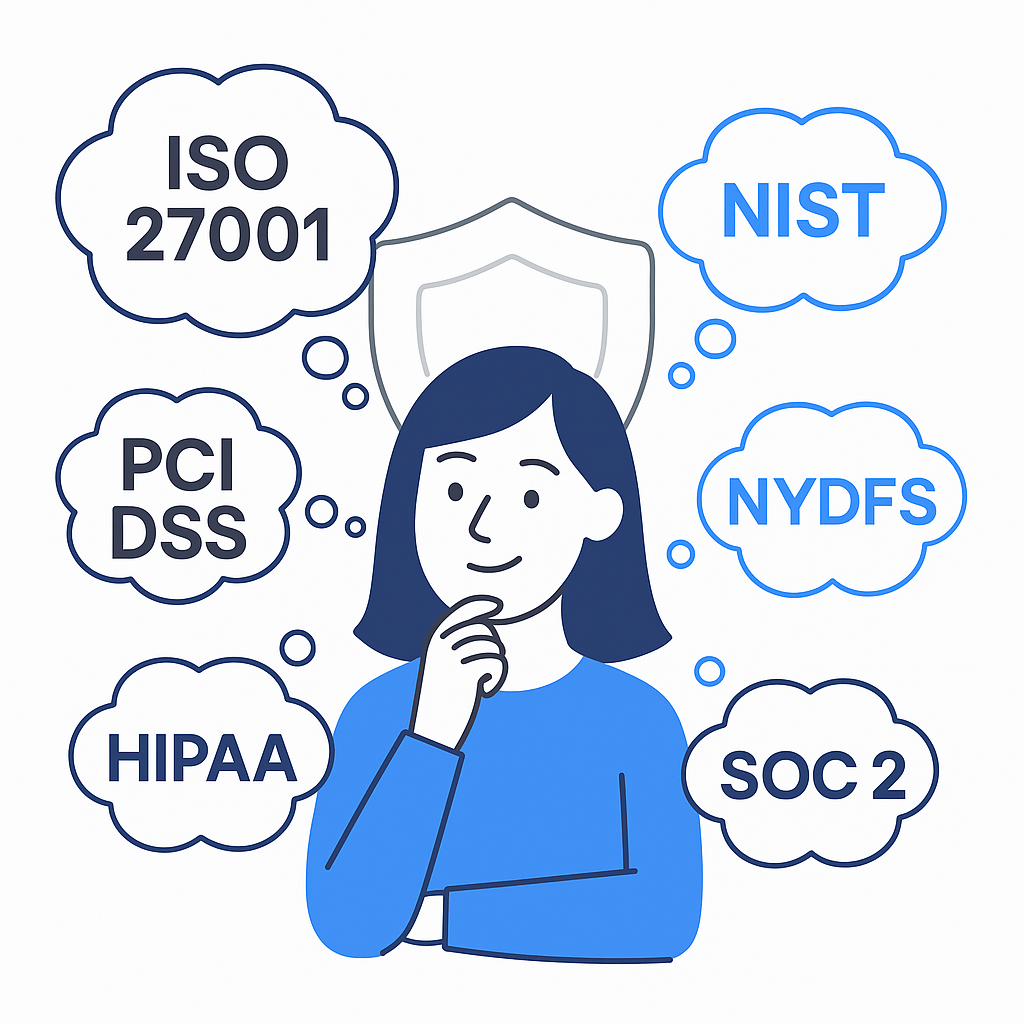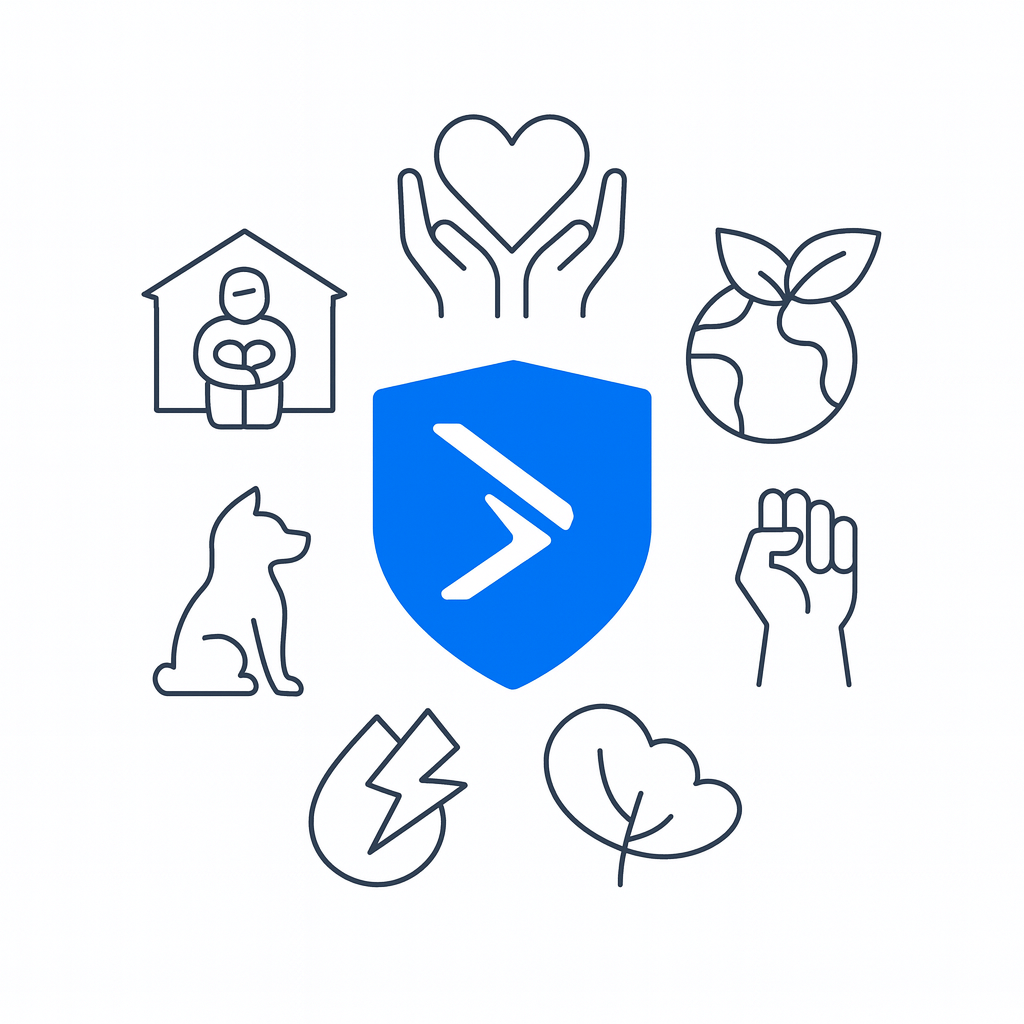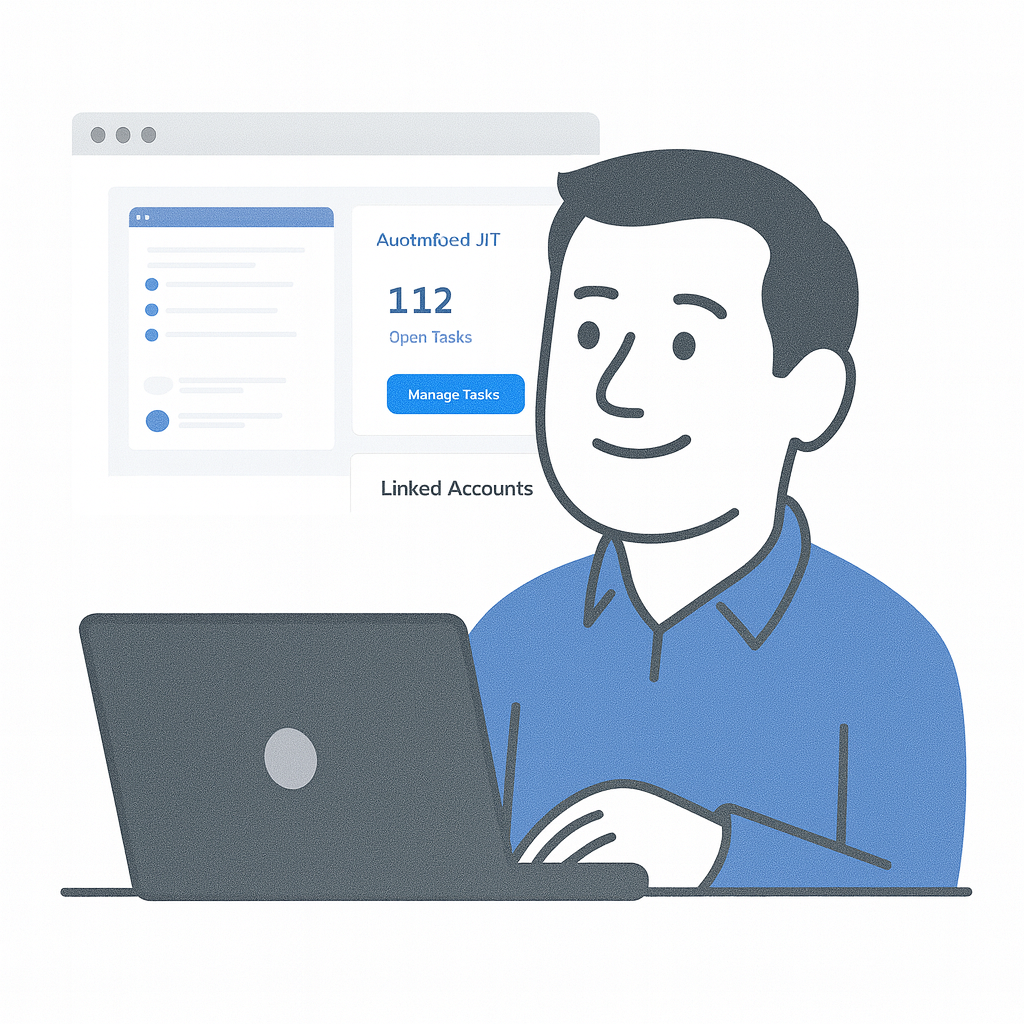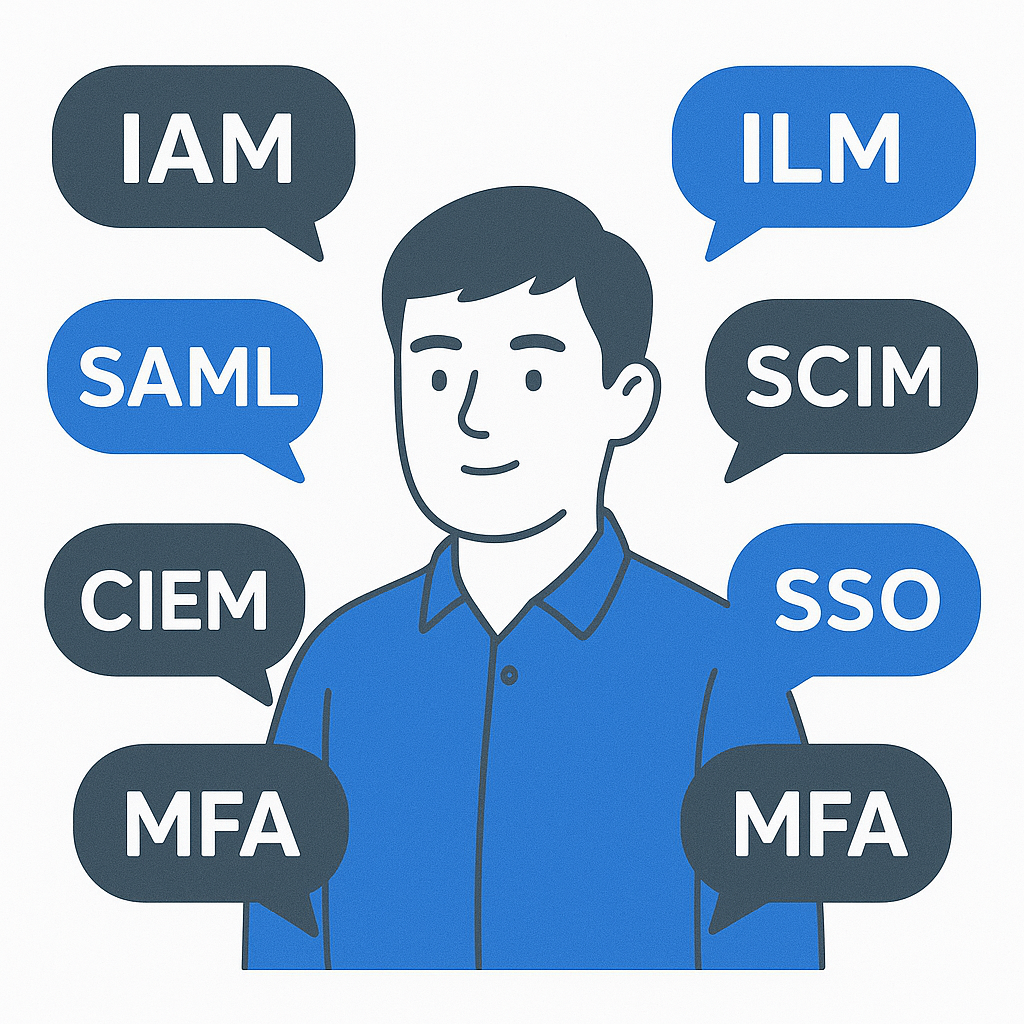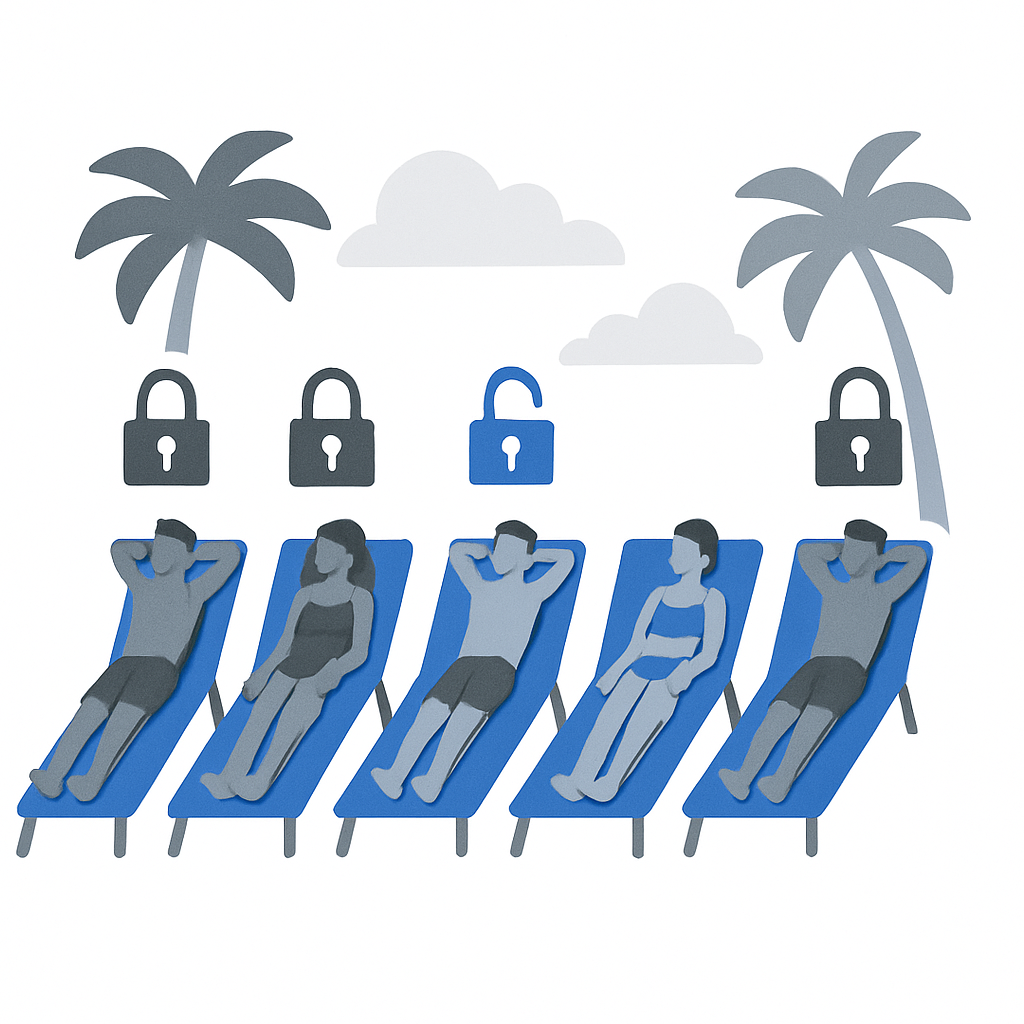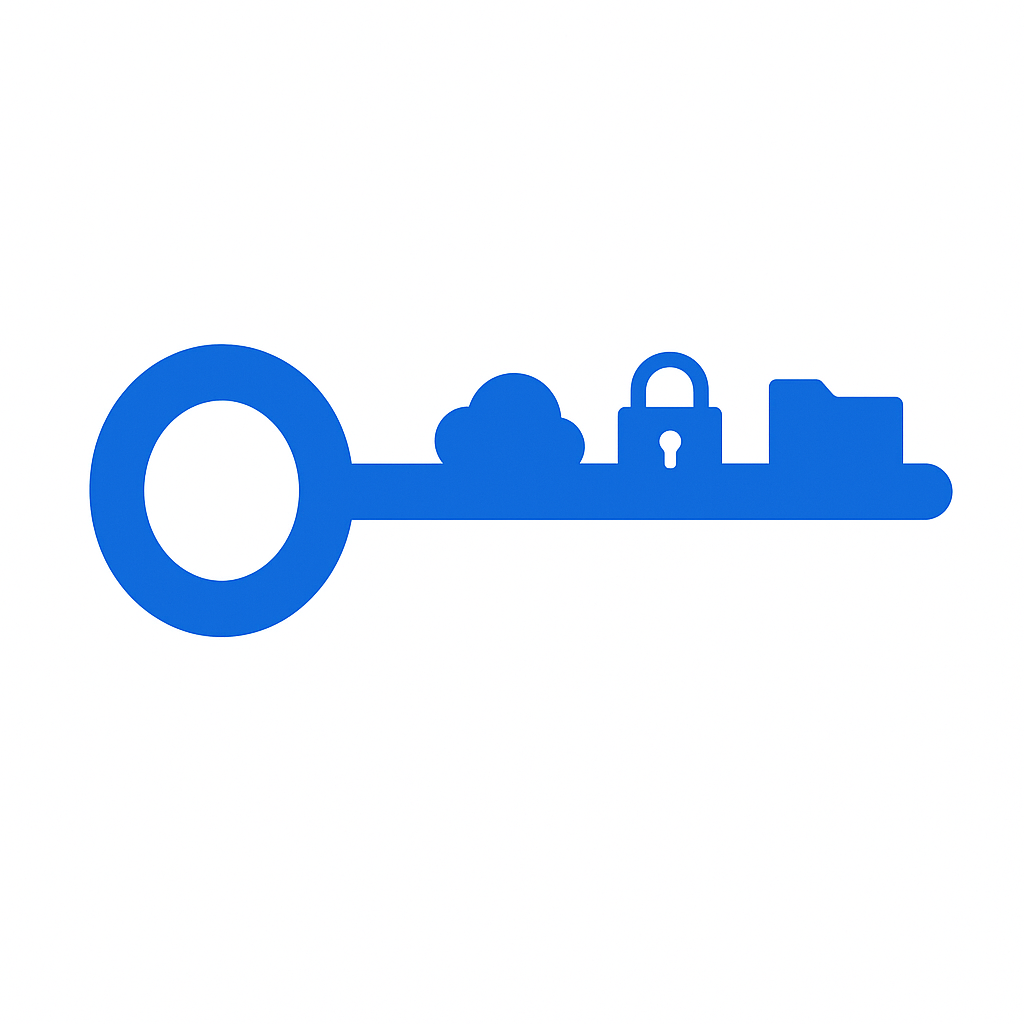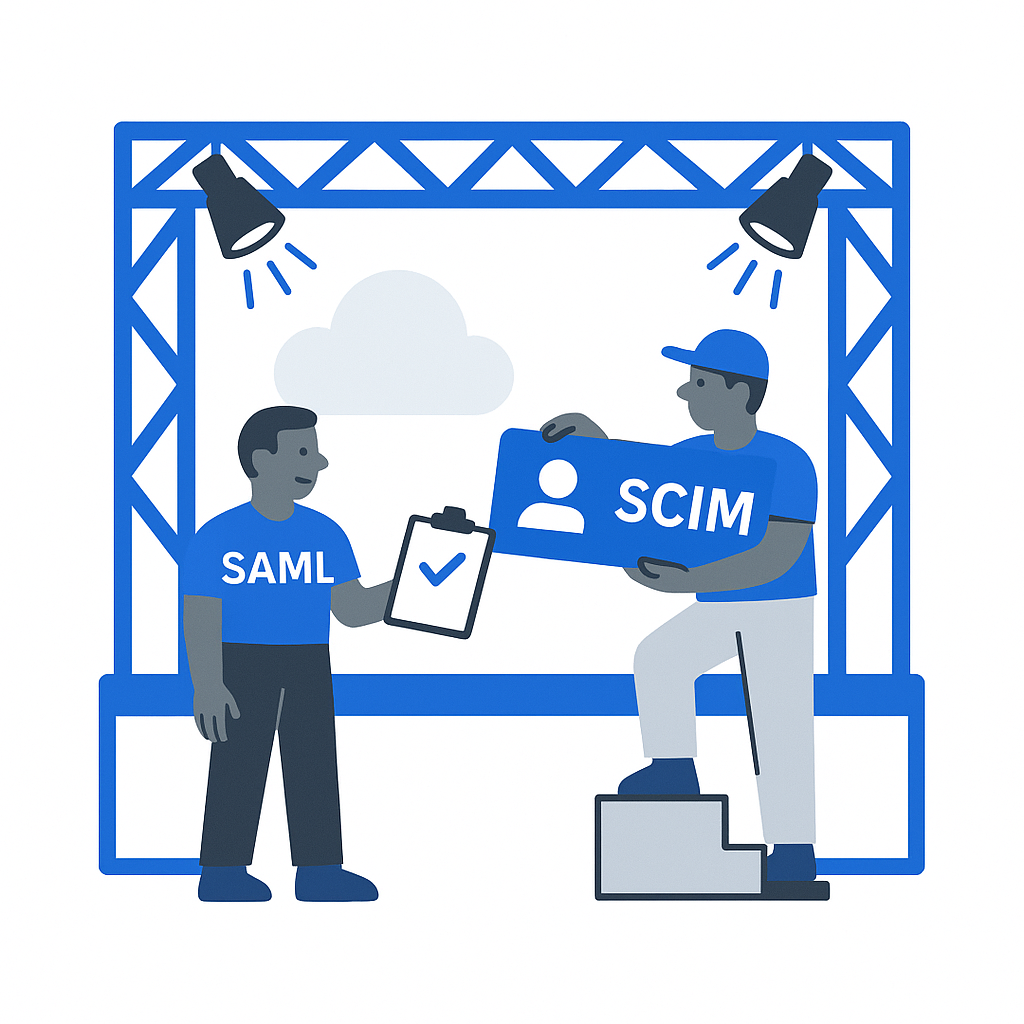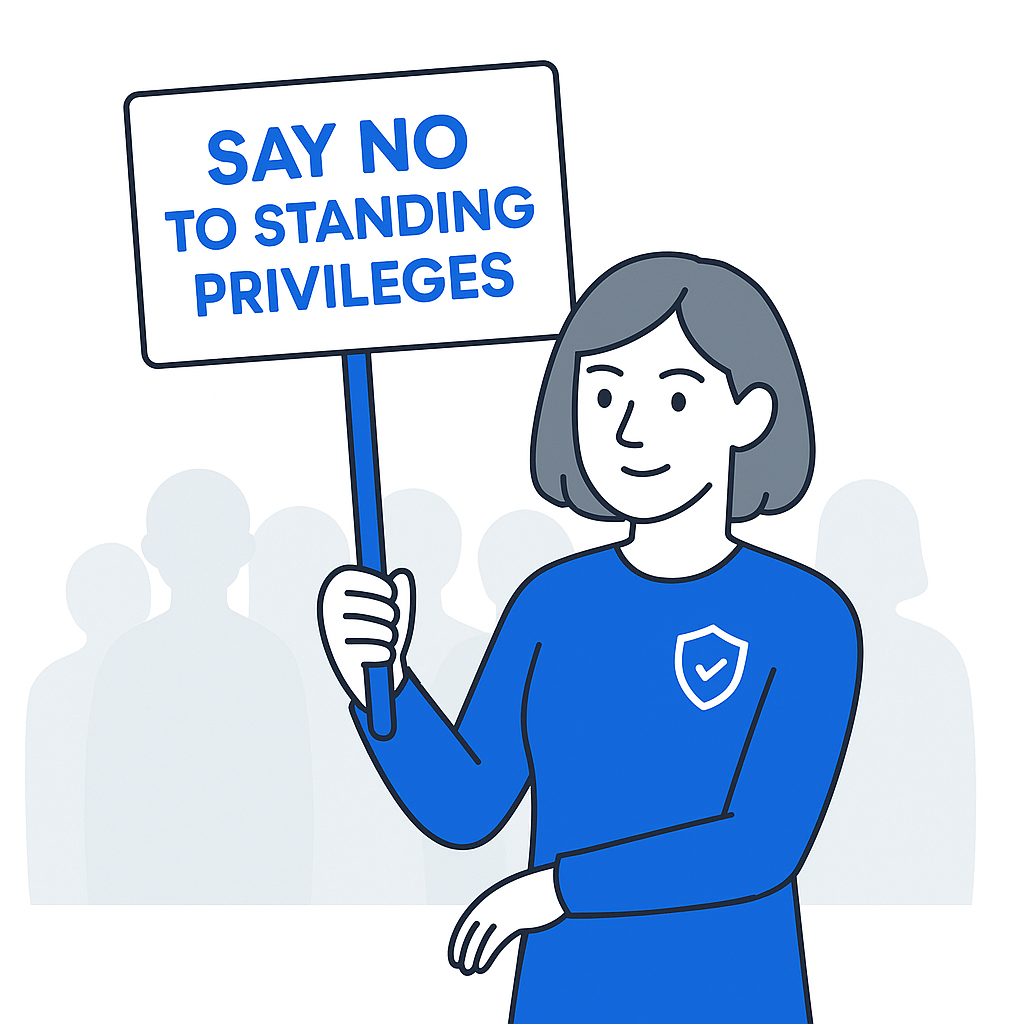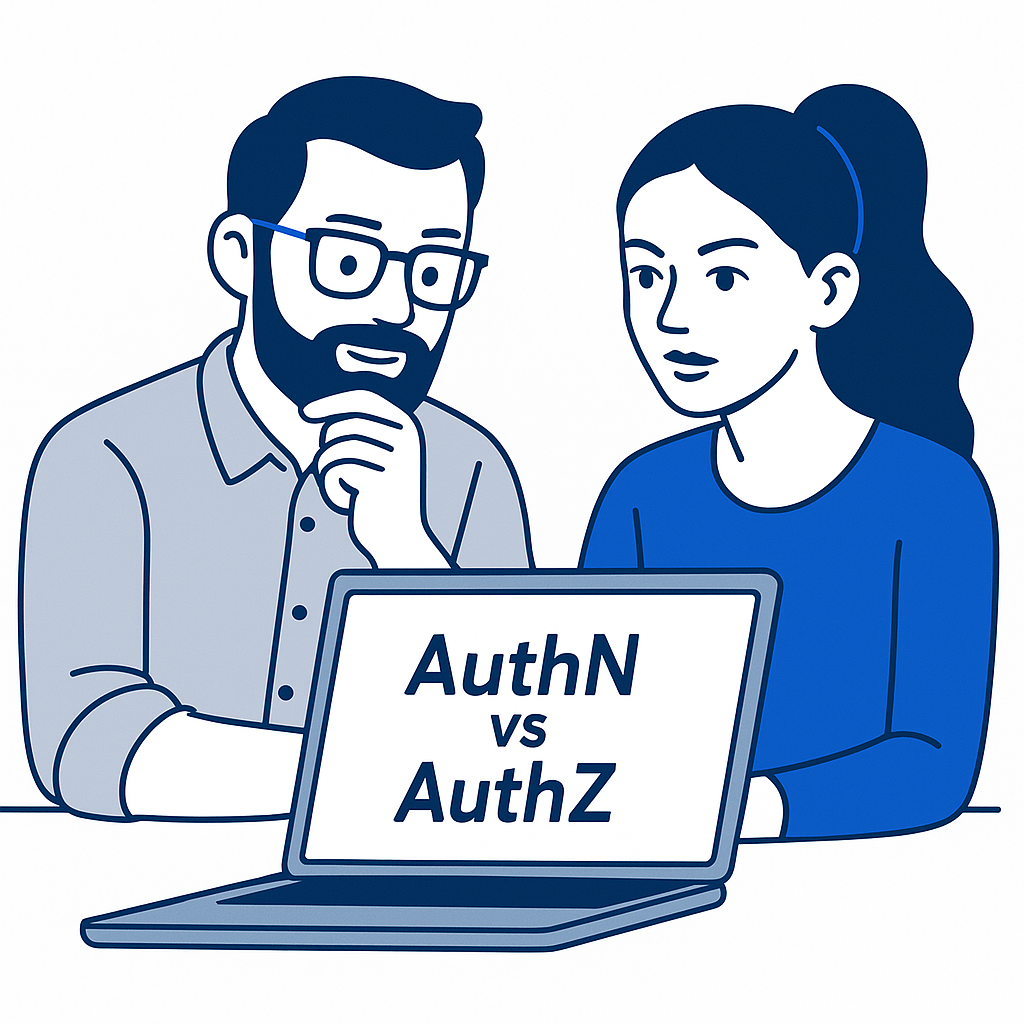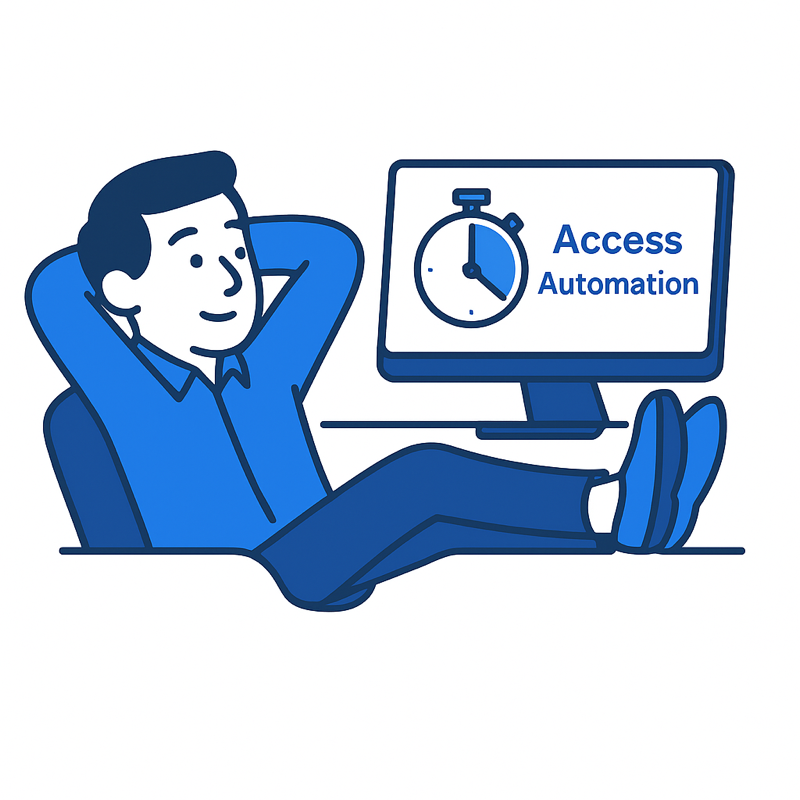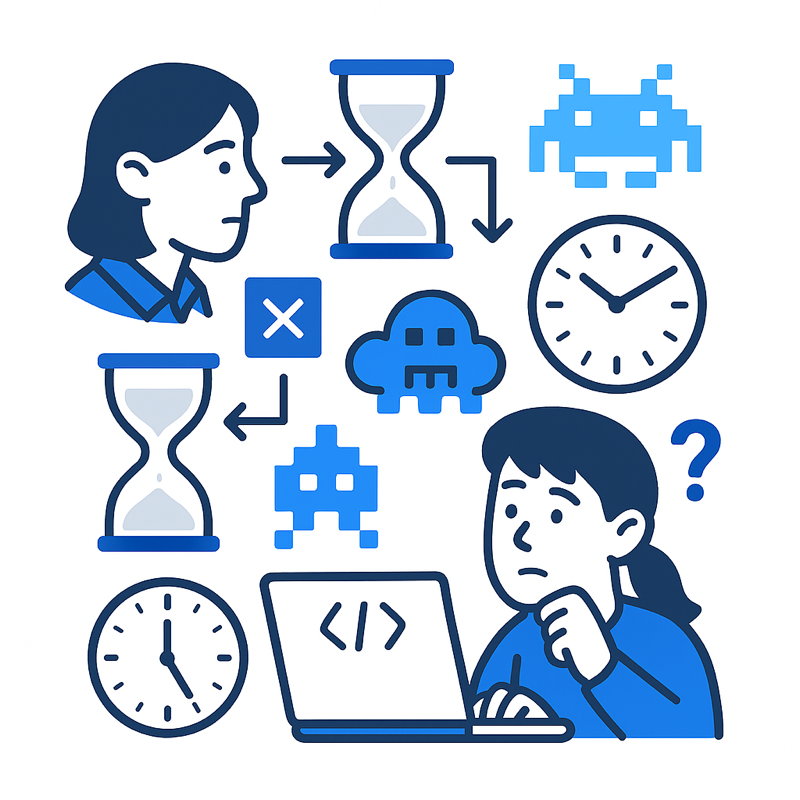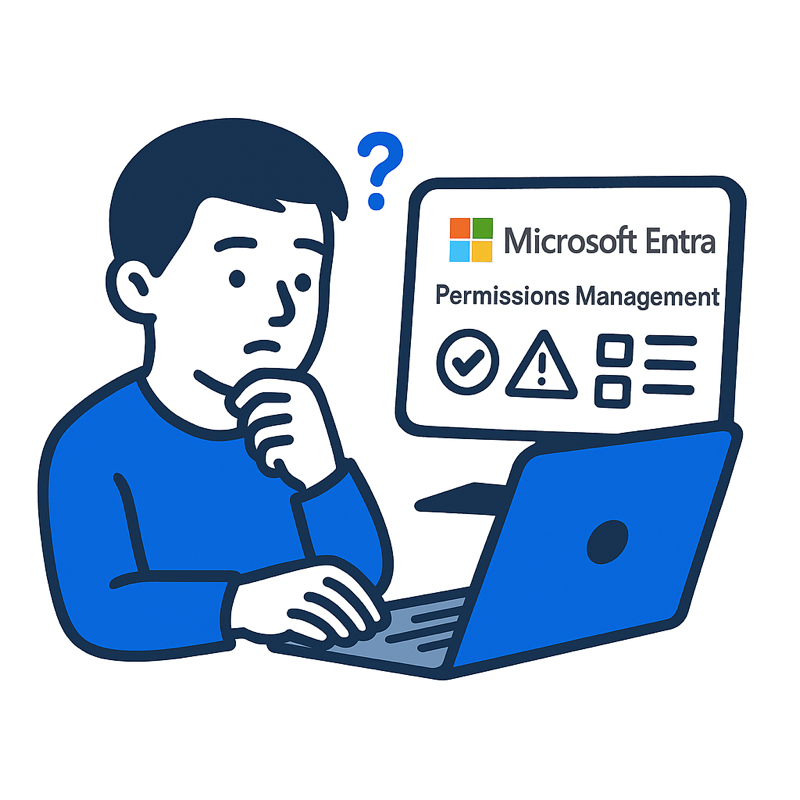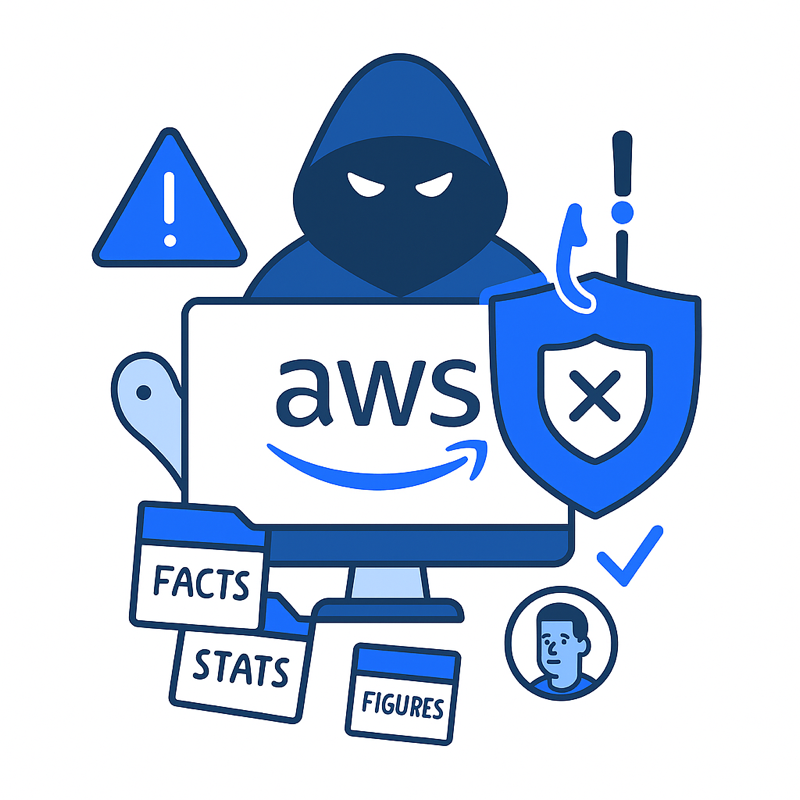Decoding modern access control standards for real-world security
Ask any security engineer what derails a compliance audit faster than a zero-day exploit, and they’ll tell you: access control. Every framework (ISO, NIST, PCI, CIS, HIPAA) calls it out by name, often in its very first chapter. And yet, it’s still the weakest link in most environments.
Recently, to highlight this further, the Open Worldwide Application Security Project (OWASP) has released its Top 10 Application Security Risks for 2025, the first update since 2021. Broken access control, unsurprisingly, continues to hold the number one spot.
The reason is simple: everyone knows access control is critical, but few teams have the time or tooling to make it effortless. Between over-provisioned cloud roles, forgotten service accounts, and non-human identities, and access creep that grows like ivy, “least privilege” can feel more like a slogan than a possibility. Modern standards reward visibility. Logging, automation, and just-in-time provisioning are your allies.
This brief guide hopes to cut through the acronym soup of frameworks to show what they actually need, why they all agree, and how you can satisfy all of them without turning your life into an audit treadmill.
Access Control Standards: The Common DNA
Despite their differences, all the international cybersecurity standards revolve around the same core truth: access control is identity control. It’s about who can reach what, when, and how.
Strip away the acronyms, and the common themes are universal:
- Only authorized identities should access sensitive systems.
- Access should be temporary, auditable, and revocable.
- Administrative rights are special, not standard.
What changes between frameworks isn’t the “what,” it’s the “how.” Each standard plays the same tune with its own tempo and instrumentation.
1. The Foundations: ISO, NIST, and CIS
ISO/IEC 27001 & 27002: Governance and Consistency
ISO 27001 sets the tone for global information security management, and its companion 27002 dives into the how. Clauses 5.15–5.18 require clear policies for user access management, identity provisioning, and oversight of privileged access management.
In ISO’s world, access control is less about technology and more about repeatability. Document it, enforce it, review it.
If you can demonstrate that every access request, approval, and review follows a consistent process, you’re already halfway to compliance.
NIST SP 800-53: The Engineer’s Manual
NIST’s 800-53 series, particularly the Access Control (AC) family, is where access control becomes truly technical. It covers everything from account management and separation of duties to session termination and remote access.
For U.S. federal systems, this isn’t guidance; it’s gospel. But it’s also immensely practical. Implement NIST AC-1 to AC-25 properly and you’ll automatically satisfy most other frameworks.
CIS Controls v8: The Admin’s Toolkit
Control 6: Access Control Management is short, prescriptive, and friendly to small teams. It’s all about inventorying accounts, enforcing MFA, and pruning dormant access.
CIS is where theory meets practicality: Think of it as ISO’s checklist translated for real life.
Engineer’s takeaway: Build your model on NIST or CIS, and you’ll align naturally with ISO’s governance layer.
2. The Regulated Worlds: HIPAA, PCI DSS, SOX, NYDFS
HIPAA: Protecting Patient Data
Healthcare data demands strong authentication, unique user IDs, and automatic logoff. Section 164.312(a) of HIPAA’s Security Rule is explicit: every user, every session, every access event must be traceable.
PCI DSS v4.0: Restrict and Review
If you handle payment data, Requirement 7 says it all: “Restrict access to system components and cardholder data to only those whose job requires such access.”
That means role-based permissions, least privilege, quarterly access reviews, and revocation when people change roles or leave. PCI doesn’t just suggest this, it audits it.
SOX & NYDFS: Accountability and Least Privilege
Financial controls live or die by access. SOX §404 focuses on who can alter or approve financial data. NYDFS §500.07 is a modern echo of that principle, mandating least privilege and ongoing entitlement reviews across hybrid systems.
Engineer’s takeaway: Regulated frameworks enforce the same principles as ISO and NIST, but with legal teeth. Use them as motivation to automate access reviews, not as punishment for missing them.
3. The Cloud and Zero Trust Era: Modern Standards
NIST SP 800-207: Zero Trust Architecture
Traditional perimeter security is dead. In NIST’s zero-trust model, no user or device is inherently trusted, even inside the network. Every access request is evaluated dynamically based on context: identity, device posture, location, and risk.
This is where identity-first access models shine. Rather than “trusting once,” you verify continually.
ISO/IEC 27017 & 27018: Cloud Extensions
These standards extend ISO 27001 into the cloud, clarifying responsibilities between tenants and providers. They emphasise isolating administrative access and protecting personal data within multi-tenant environments.
SOC 2: Show Your Work
Under the Security Principle (CC6.1–CC6.8), SOC 2 demands proof, not just that you have access policies, but that they’re enforced and monitored. Think of it as continuous compliance through evidence.
4. Why It Still Fails
If every framework agrees, why do access controls still break? Because humans.
- Contractors keep elevated access after projects end, making secure vendor access critical.
- Service accounts multiply with no owner.
- MFA exceptions quietly pile up.
- Legacy permissions linger because “no one’s sure what will break.”
According to the Verizon Data Breach Investigations Report, over 70% of breaches involve credential misuse or privilege abuse. Access control isn’t a checkbox — it’s an attack surface.
5. From Compliance to Confidence
Security engineers don’t need more acronyms; they need fewer blind spots.
Here’s how to build an access model that passes any audit and actually improves security:
- Map your identities: humans, machines, and APIs.
- Centralize identity providers where possible.
- Automate provisioning and deprovisioning to kill stale accounts.
- Adopt least privilege and just-in-time (JIT) access for admin tasks.
- Review entitlements continuously, not quarterly.
- Log and monitor everything. If you can’t see it, you can’t secure it.
The goal isn’t to chase compliance; it’s to make access transparent, traceable, and reversible. Do that, and compliance becomes a side effect.
6. A Mantra for Success
Every security framework — from ISO to NIST to PCI — is saying the same thing in slightly different ways: "Know who has access to what, why, and for how long."
Get that right, and you can stop playing defense with auditors and start building systems that are genuinely resilient.
Because in the end, access control isn’t about passing a test. It’s about keeping the right people in and everyone else out.



